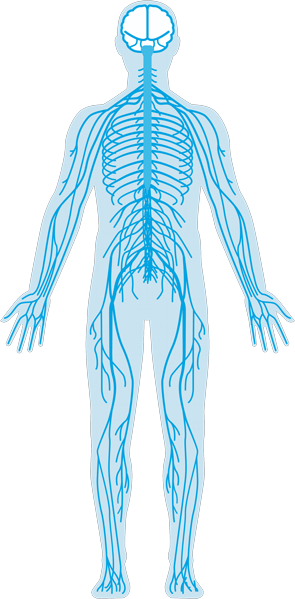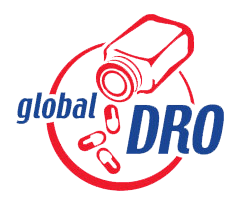As many designer stimulants become more widely available online and illegally included in supplements, it’s important for athletes and support personnel to recognize the risk, both from an anti-doping perspective and a health perspective.
What are stimulants?
 Stimulants are chemical compounds that activate the central or peripheral nervous system or both, depending on their chemical structure and how they are taken (e.g. orally, topically, injected). In the central nervous system, stimulants create a sense of alertness, increased concentration, focus or motivation, and in extreme cases, they create a “high,” hallucinations, delusions, or violent or combative behavior.
Stimulants are chemical compounds that activate the central or peripheral nervous system or both, depending on their chemical structure and how they are taken (e.g. orally, topically, injected). In the central nervous system, stimulants create a sense of alertness, increased concentration, focus or motivation, and in extreme cases, they create a “high,” hallucinations, delusions, or violent or combative behavior.
In the peripheral nervous system, stimulants cause the constriction of blood vessels and relaxation of smooth muscle, as well as an increase in heart rate and blood pressure. Most stimulants will have a mixed action, meaning they are able to affect both the central and peripheral nervous systems.
There are many natural chemicals that act as stimulants, such as caffeine, which gives people the feeling of more energy and wakefulness, while also raising the heart rate and blood pressure.
What are designer stimulants?
Most people use the term designer stimulants to describe chemicals that mimic illegal drugs like cocaine and amphetamine. A couple of examples include MDMA (Ecstasy) and “bath salts.” However, the term designer stimulants is broader than just illicit drugs. It also includes any stimulant that was discovered through the process of modifying the chemical structure of a known stimulant and then testing the compound to see what it does.
There have been hundreds of different stimulants discovered this way. For example, levmetamfetamine is related to amphetamine and is approved by the U.S. Food and Drug Administration (FDA) as a nasal decongestant in some sinus inhalers. Another example is methylphenidate, which is medication used to treat Attention Deficit Hyperactivity Disorder.
However, the vast majority of designer stimulants discovered were either never studied for medical therapeutic use or were abandoned due to safety concerns. These stimulants include all of the illicit compounds like MDMA and bath salts, and many other compounds that were not found to be useful medically because they had too many side effects.
For example, methylhexanamine (also known as dimethylamylamine or DMAA), octodrine (DMHA), and aminomethylpentane (DMBA or AMP citrate) were all evaluated in the past for various medical therapies but were abandoned because the health risks were too high compared to the small benefit of using them. Unfortunately, many of these designer stimulants are currently being sold illegally in dietary supplements.
Are designer stimulants prohibited in sport?
 Yes, all stimulants are prohibited in-competition with only a few exceptions. As with all medications, make sure to check the anti-doping status by searching GlobalDRO.com.
Yes, all stimulants are prohibited in-competition with only a few exceptions. As with all medications, make sure to check the anti-doping status by searching GlobalDRO.com.
Are there health risks from designer stimulants?
While most stimulants are prohibited for use in-competition, athletes should also be aware of the health risks. There are numerous case-reports of people ending up in the hospital after using bath salts with agitation and violent behavior, delusions, a racing heart, water overload, confusion, and hallucinations. Deaths and suicides have also been reported after the use of bath salts.
The important thing to realize about designer stimulants sold on the black market is that they are not tested in humans for safety, or even worse, they were actually tested and found to be unsafe or unfit for use by people. Some of them have toxic side effects or they are synthesized in a way that they could become contaminated with a toxic chemical.
Takeaway
Remember, almost all substances with significant stimulant properties are prohibited in-competition. More importantly, athletes must be aware that forcing the body into a flight or fight response through chemical stimulants can have serious health consequences.
More questions?
For questions about specific products, substances, and methods, contact USADA’s Drug Reference Line at drugreference@usada.org or call (719) 785-2000, option 2.



